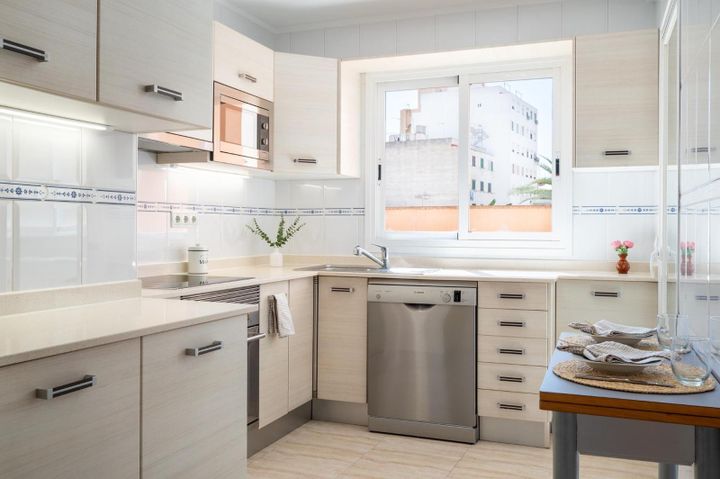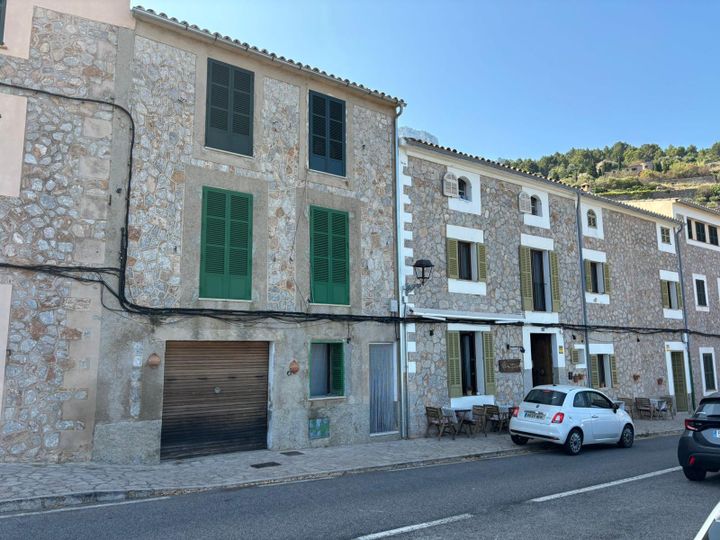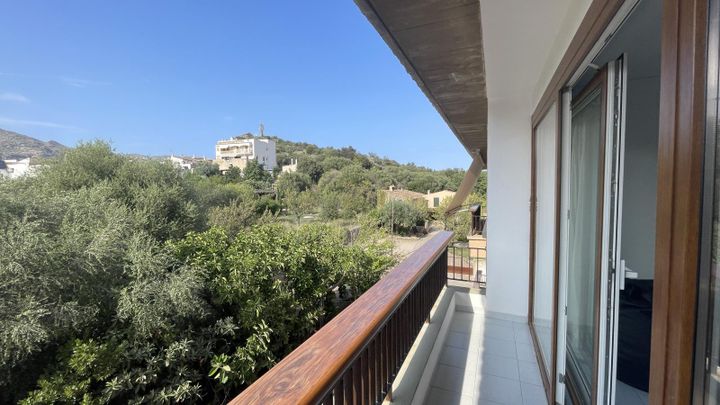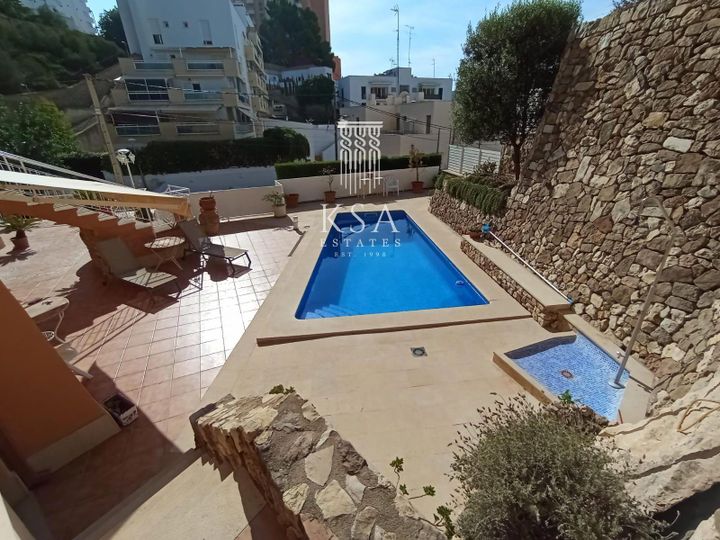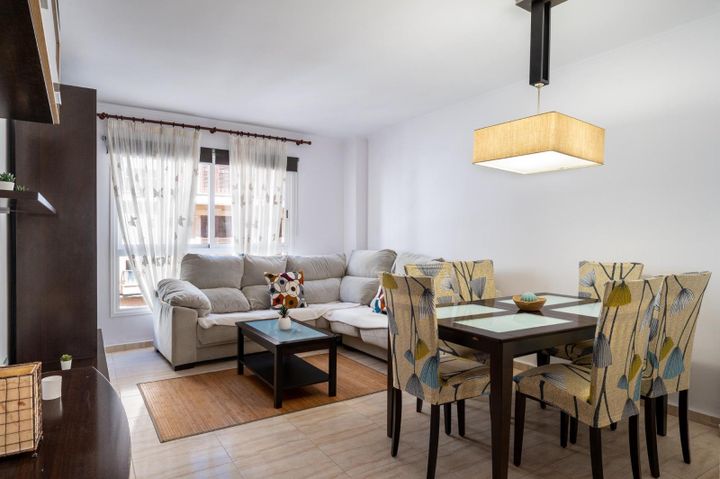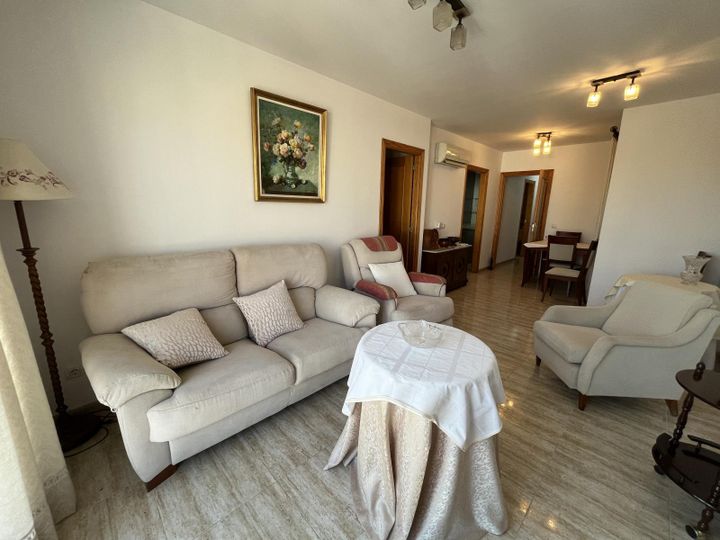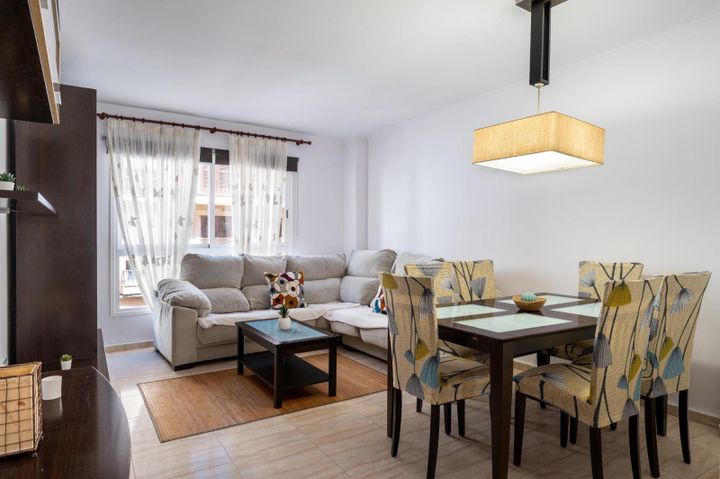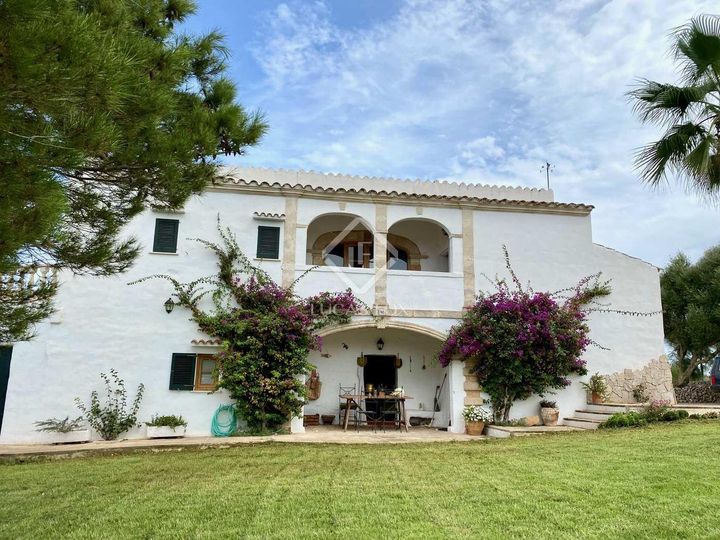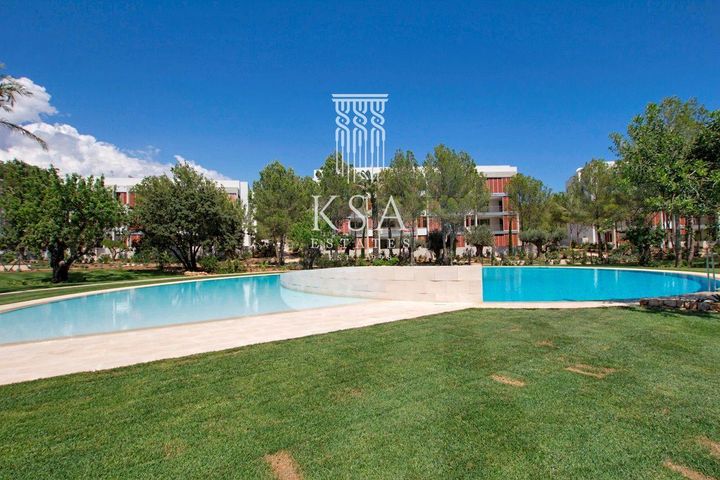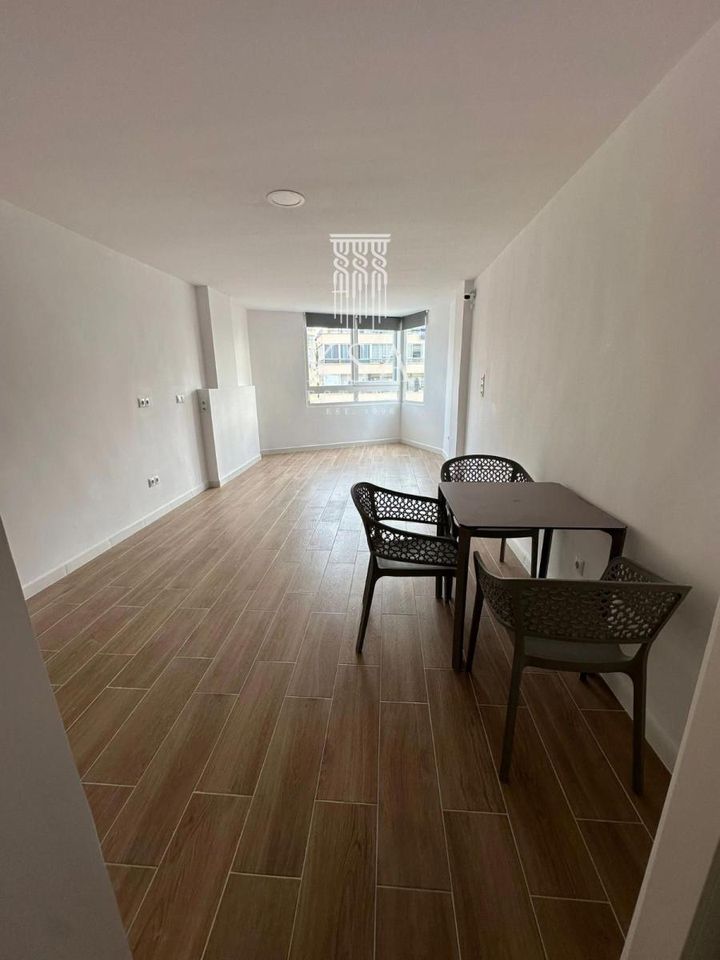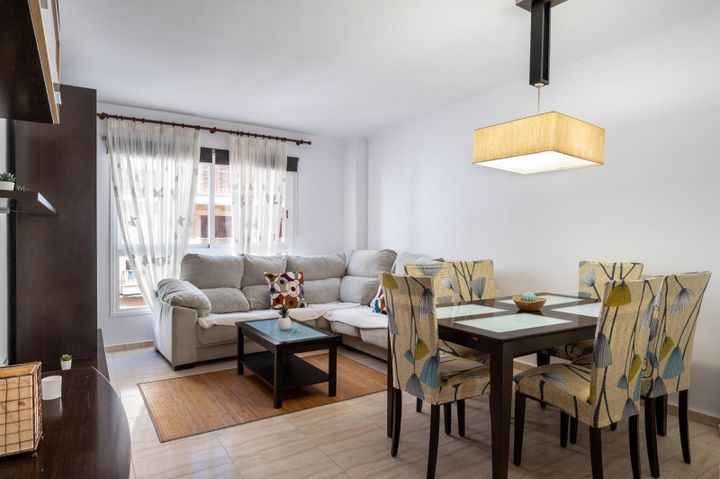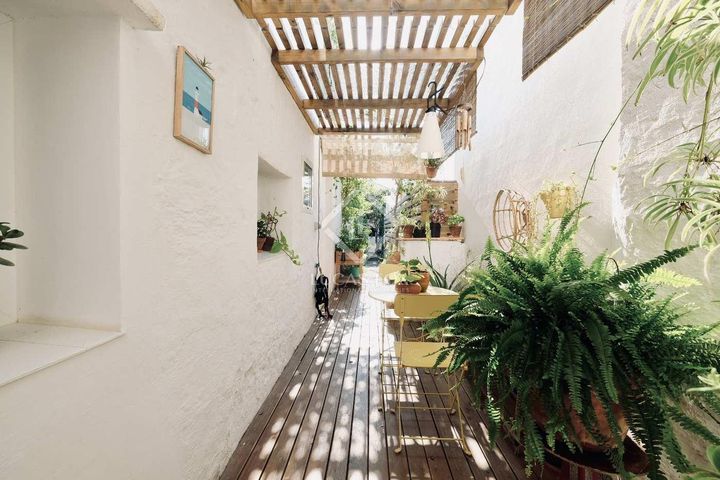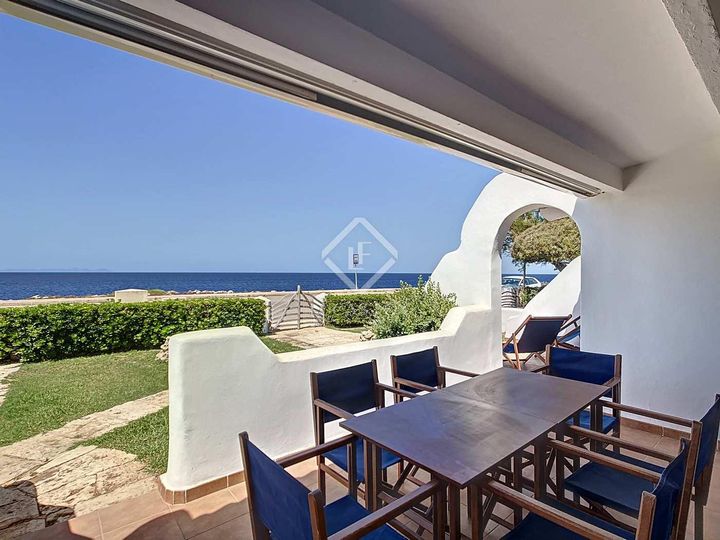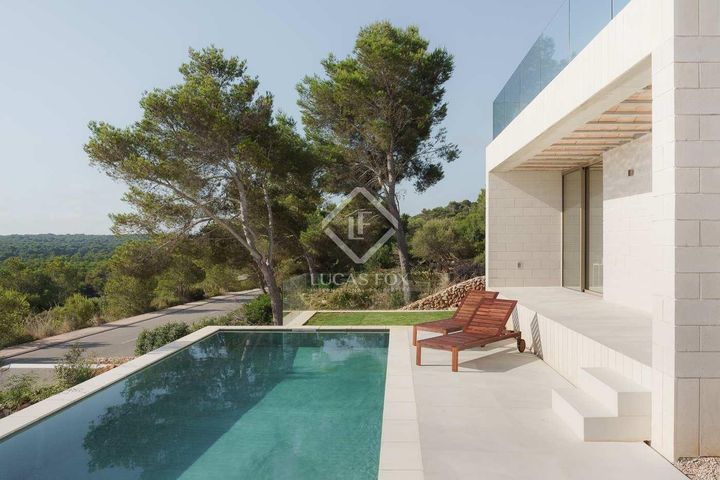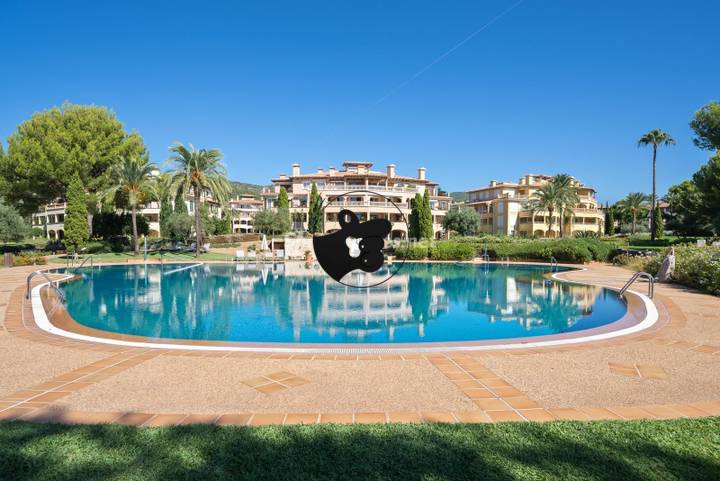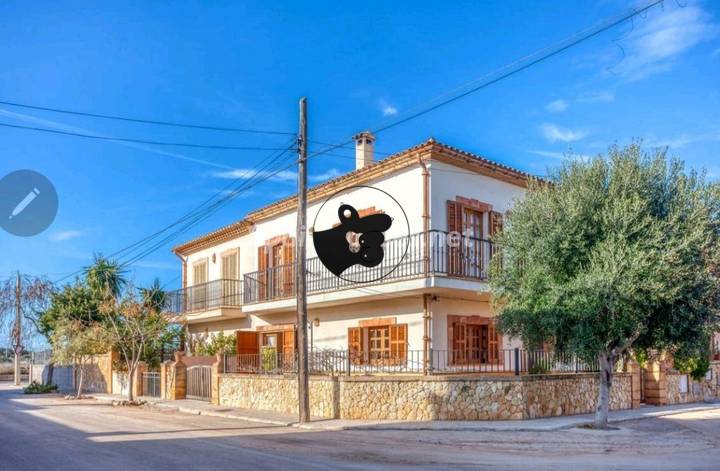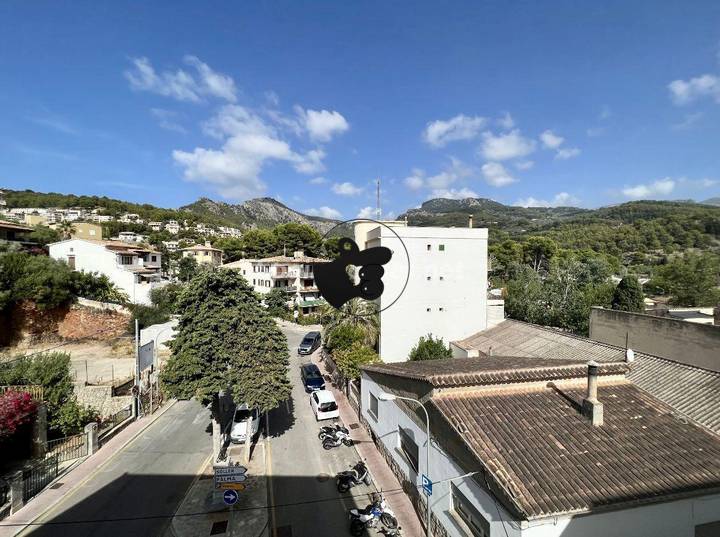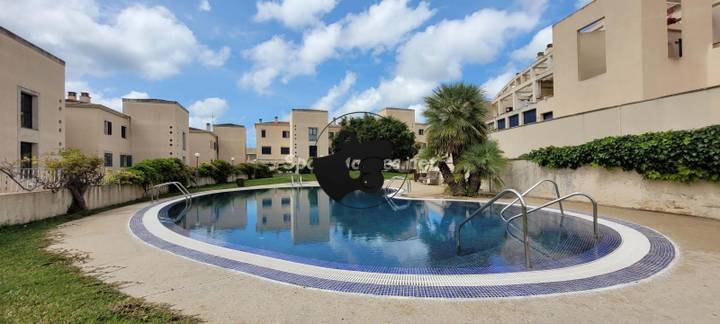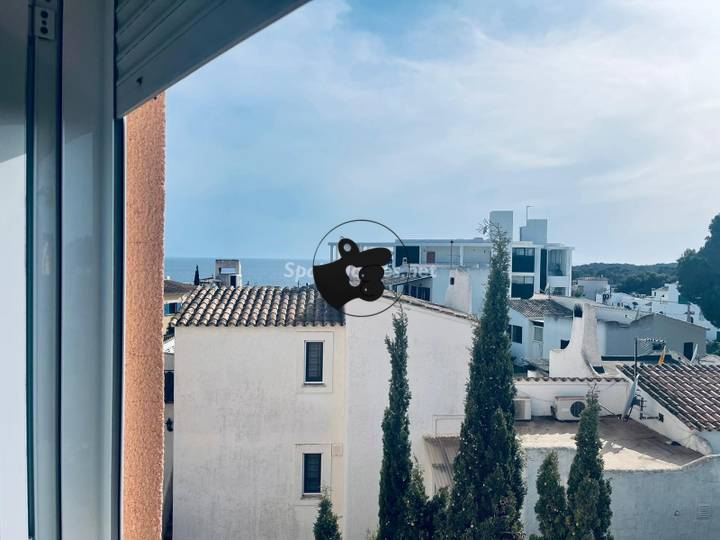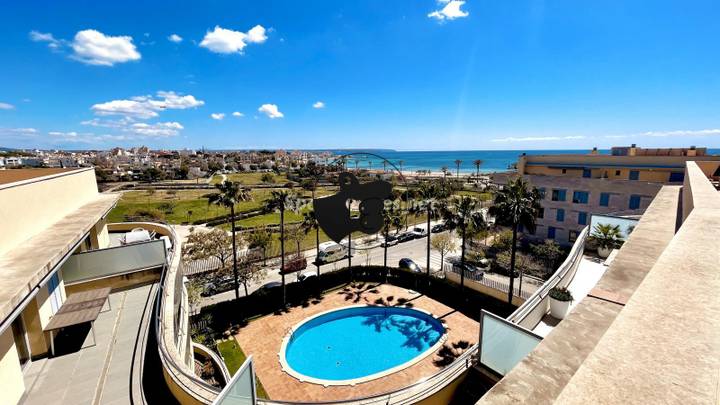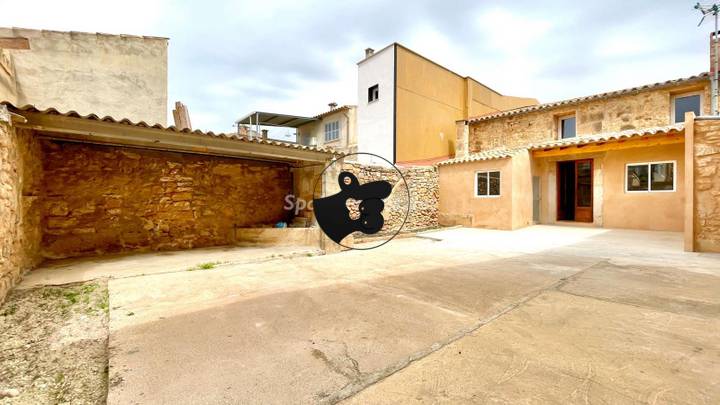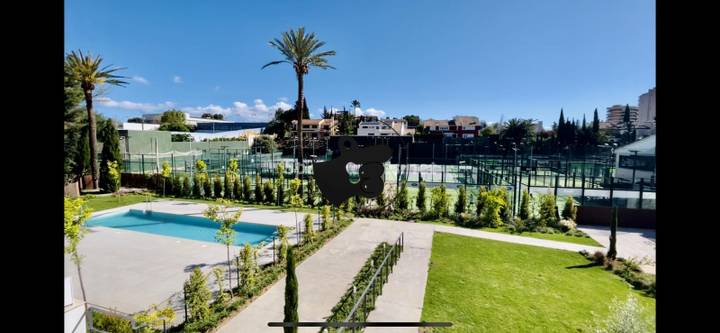Average rental prices in the Balearic Islands can vary significantly depending on the specific island and the type of property. In Mallorca, for instance, average monthly rents for a one-bedroom apartment in the city center hover around €1,100, while prices drop to about €900 in outer districts. On Ibiza, the costs can be even higher, with a similar one-bedroom in the heart of Ibiza Town often reaching €1,500 or more. Minorca tends to be slightly more affordable, with average rents in the city of Mahón around €800 for a one-bedroom in the center. Seasonal fluctuations also affect price, with many landlords increasing rates during the peak summer months. Overall, properties with sea views or those located near the beach command premium prices, regardless of the island.
Balearic Islands
Location
Price Range
Any price
Price Range
Minimum
No min
Maximum
No max
Property type
Show all
Property type
Show all
House
Apartment
Building
Other
Bedrooms
Any beds
Bedrooms
Minimum
No min
Maximum
No max
Surface Range
Any surface
Surface Range
Minimum
No min
Maximum
No max
Sale type
To rent
Sale type
Show all
To rent
For sale
Location
Apartments and houses for rent in Balearic Islands
131 results
Recent
Balearic Islands insights
| Aspect | Summary |
|---|---|
| Gross Yield | Typically ranges from 5% to 8%, depending on the location. |
| Rental Demand | High demand in tourist areas, especially during peak season. |
| Average Rent Price | Average monthly rent ranges from €800 to €1,500, varying by location. |
| Vacancy Rates | Generally low, around 5-7% in popular areas. |
| Tenant Turnover Rate | Moderate; typically 30-50% annually in rental market. |
| Operating Expenses | Average around 20-30% of rental income, including maintenance. |
| Regulation and Rent Control | Limited rent control; regulations can vary by municipality. |
| Furnishing/Unfurnishing Rate | High percentage of furnished rentals due to tourist demand. |
| Short-Term vs. Long-Term Rental Mix | Balanced but increasing towards short-term rentals; around 60:40. |
| Local Economic Indicators | Economy heavily reliant on tourism, with steady growth. |
| Rental Price Trends | Prices have been steadily increasing, with high growth in recent years. |
| Lease Terms | Typically 12 months for long-term; flexible for short-term. |
| Deposit Requirements | Commonly one to two months' rent required as deposit. |
| Utilities and Other Costs | Utilities average €100-€150/month, not typically included in rent. |
| Safety and Security | Generally safe, but varies by neighborhood; check local crime rates. |
Balearic Islands FAQ
What are the average rental prices in the Balearic Islands?
How do rental prices in the Balearic Islands compare to mainland Spain?
Rental prices in the Balearic Islands are generally higher than in mainland Spain, largely due to their popularity as tourist destinations and the limited supply of housing. For instance, in Mallorca, the average monthly rent for a one-bedroom apartment in the city center can reach around €1,200, while the same space in a city like Valencia might be closer to €800. Ibiza showcases even steeper prices, where two-bedroom apartments often command rates above €2,000 per month during the peak summer season. Moreover, areas like Menorca, while slightly less expensive than Ibiza, still feature notable rental costs, with averages around €1,100 for a similar apartment. This disparity is often driven by the demand from international travelers and seasonal residents, as well as the islands' smaller housing market relative to larger cities on the mainland, such as Madrid and Barcelona, where rent prices are more varied but generally lower for comparable properties.
What factors influence rental prices in the Balearic Islands?
Rental prices in the Balearic Islands are influenced by various factors, with location being one of the most significant. Areas with prime beachfront access, such as Ibiza and Mallorca’s famous Playa de Palma, typically see much higher prices compared to rural regions. Seasonal demand plays a crucial role as well; during the tourist peak in summer, rental prices can skyrocket, reflecting increased competition among holidaymakers. The type and condition of the property also affect pricing; modern, well-equipped apartments with amenities like pools or ocean views attract higher rents. Additionally, local regulations, such as laws governing short-term rentals, can impact availability and pricing dynamics. Lastly, economic factors, including fluctuations in the Spanish economy and foreign investment trends, contribute to overall market conditions, influencing both long-term and vacation rental markets.
Are rental prices in the Balearic Islands higher during the summer season?
Rental prices in the Balearic Islands typically see a significant spike during the summer season, driven by an influx of tourists. For instance, in popular destinations like Ibiza and Mallorca, the demand for vacation rentals surges from late June to early September. A one-bedroom apartment that might cost around €1,000 per month in the off-season can easily escalate to €2,500 or more during peak holiday weeks. If you look at holiday homes in areas such as Cala d’Or or Santa Eulália, the average weekly rates can exceed €1,500 in July and August, compared to around €700 in the quieter months of May or September. Additionally, properties close to the beach and local attractions tend to command even higher prices, reflecting the competitive rental landscape typical of summer in these islands. This seasonal price fluctuation is a common trend in many tourist hotspots.
What areas in the Balearic Islands have the most affordable rental prices?
In the Balearic Islands, areas like Mahón on Menorca and parts of Palma on Majorca often see more affordable rental prices compared to popular tourist spots. Mahón, as the capital of Menorca, has a range of properties that are generally less expensive than the island's more tourist-driven towns like Ciutadella. Additionally, neighborhoods in Palma such as El Terreno and Son Gotleu offer more budget-friendly options, especially in comparison to the trendy districts of Santa Catalina or La Lonja. In Ibiza, while the overall island is known for high rental costs, the more rural areas like Sant Joan or Sant Antoni can present more reasonably priced accommodations, particularly outside of the peak summer months. These areas provide a mix of local charm and accessibility to essential amenities while being less influenced by the heavily tourist-centered rental market.
How often do rental prices change in the Balearic Islands?
Rental prices in the Balearic Islands can fluctuate significantly based on various factors such as seasonality, demand, and local events. During the high tourist season, typically from June to September, rental prices tend to surge, sometimes reaching 20-50% higher compared to low season rates. For instance, a beachfront apartment in Ibiza might go for around €200 per night in July, but drop to €100 in November. Additionally, specific areas within the islands can show different pricing trends; properties in Mallorca's popular tourist hotspots like Palma de Mallorca may experience sharper rises in rental costs compared to more remote areas like Formentera. Moreover, economic conditions and changes in travel patterns can also influence the market; for example, a sudden increase in flight availability could spike demand and, consequently, rental prices. Overall, the Balearic rental market is dynamic, with frequent adjustments reflecting both local and broader economic factors.
What amenities can affect rental prices in the Balearic Islands?
Rental prices in the Balearic Islands can be significantly influenced by various amenities. Proximity to the beaches is a major factor; properties located within walking distance to popular beaches like Playa de Palma or Cala Millor tend to command higher rents. Additionally, having private pools, especially in luxury villas, can also elevate rental rates, as many tourists seek this feature for added comfort and leisure. Properties with air conditioning are particularly desirable during the hot summer months, impacting pricing accordingly. Access to essential services, such as supermarkets, restaurants, and public transportation, can also affect rental desirability. For instance, apartments in vibrant areas like Palma that offer easy access to nightlife and cultural sites often see higher demand, driving up prices. Furthermore, modern amenities such as high-speed internet and smart home features are increasingly sought after, especially among digital nomads, which can further influence rental costs.



